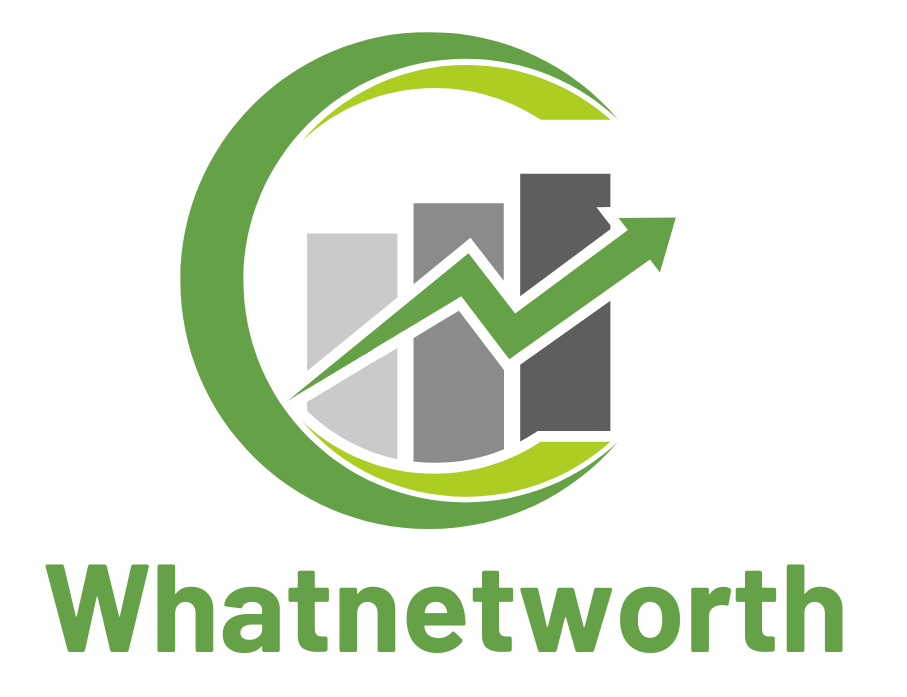The cryptocurrency market is a dynamic and rapidly evolving space, with numerous digital assets vying for attention and investment. As blockchain technology continues to mature, certain cryptocurrencies are positioned to make significant impacts on various sectors. In this comprehensive guide, we examine the top 10 cryptocurrencies with high future potential, providing insights into their unique features and growth prospects.
1. Bitcoin (BTC)
Bitcoin remains the most well-known and valuable cryptocurrency, often considered the gold standard in the digital asset world. Its decentralized nature, combined with its capped supply of 21 million coins, positions Bitcoin as a robust hedge against inflation. Institutional adoption and increasing mainstream acceptance further bolster its potential. Bitcoin’s store of value narrative and dominance in the market make it a cornerstone for any crypto portfolio.
2. Ethereum (ETH)
Ethereum is more than just a cryptocurrency; it is a foundational platform for decentralized applications (dApps) and smart contracts. Since its inception by Vitalik Buterin, Ethereum has undergone significant upgrades, including the recent Ethereum 2.0 transition to Proof of Stake (PoS). This upgrade aims to enhance scalability, security, and energy efficiency. DeFi and NFTs are predominantly built on Ethereum, underscoring its pivotal role in the blockchain ecosystem.
3. Solana (SOL)
Solana has emerged as a high-performance blockchain platform known for its lightning-fast transaction speeds and low fees. Utilizing a unique consensus mechanism called Proof of History (PoH) combined with Proof of Stake, Solana can handle thousands of transactions per second. This scalability has attracted numerous projects and developers, positioning Solana as a leading player in the space. Its rapidly growing ecosystem and high throughput capabilities make it a cryptocurrency with substantial future potential.
4. Polkadot (DOT)
Polkadot introduces a groundbreaking approach to blockchain interoperability. Created by Dr. Gavin Wood, Polkadot enables different blockchains to communicate and share information through its Relay Chain. This interoperability addresses the fragmentation of the blockchain space and facilitates the creation of multi-chain ecosystems. Polkadot’s ability to integrate various chains makes it a promising project for future blockchain development and collaboration.
5. Cardano (ADA)
Cardano is known for its research-driven approach to blockchain technology. Founded by Charles Hoskinson, Cardano emphasizes peer-reviewed research and a scientific methodology in its development. Its layered architecture separates the settlement and computation layers, which enhances security and scalability. The recent introduction of smart contracts and ongoing development in sustainability further highlight Cardano’s potential to drive significant advancements in blockchain technology.
6. Chainlink (LINK)
Chainlink addresses a critical need in the blockchain ecosystem by providing reliable decentralized oracles that connect smart contracts with real-world data. This functionality is essential for the execution of smart contracts that require external inputs. Chainlink’s partnerships with various enterprises and integration into numerous DeFi projects demonstrate its utility and importance. As smart contracts become more prevalent, Chainlink’s role in facilitating their execution will continue to grow.
7. Avalanche (AVAX)
Avalanche is a high-performance blockchain platform designed for scalable and interoperable decentralized applications. With its Avalanche Consensus Protocol, it boasts fast finality and high throughput. Avalanche supports the creation of custom blockchains and decentralized applications, offering a versatile platform for developers. Its subnet architecture allows for customizable and scalable solutions, making Avalanche a strong contender in the future of blockchain technology.
8. Tezos (XTZ)
Tezos is a self-amending blockchain that focuses on governance and scalability. It employs a Proof of Stake mechanism and allows for on-chain upgrades, enabling it to evolve without requiring hard forks. This governance model facilitates community-driven decision-making and continuous improvement. Tezos’s focus on formal verification and secure smart contracts underscores its potential as a reliable and adaptable blockchain platform.
9. Stellar (XLM)
Stellar is designed to facilitate cross-border payments and financial inclusion. Its blockchain network connects financial institutions and allows for seamless transfers of value across borders. Stellar’s integration with major organizations and its focus on low-cost, fast transactions make it a valuable asset in the financial sector. Its ability to bridge traditional financial systems with digital currencies highlights its potential for widespread adoption and impact.
10. VeChain (VET)
VeChain focuses on supply chain management and business process optimization through blockchain technology. By providing a decentralized platform for tracking and verifying product authenticity, VeChain aims to enhance transparency and efficiency in supply chains. Its integration with IoT devices and partnerships with industry leaders position VeChain as a key player in transforming supply chain operations and addressing real-world challenges.
Conclusion
The future potential of cryptocurrencies is vast, with each digital asset offering unique features and applications. Bitcoin and Ethereum remain fundamental pillars of the crypto market, while newer entrants like Solana, Polkadot, and Cardano are pushing the boundaries of blockchain technology. Chainlink, Avalanche, and Tezos contribute to the ecosystem with their innovative approaches, while Stellar and VeChain address practical use cases in financial transactions and supply chain management. Understanding these top cryptocurrencies and their potential impacts is essential for navigating the evolving digital asset landscape.
